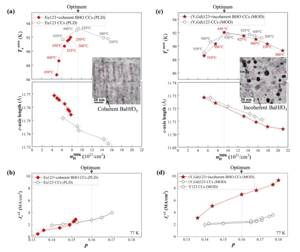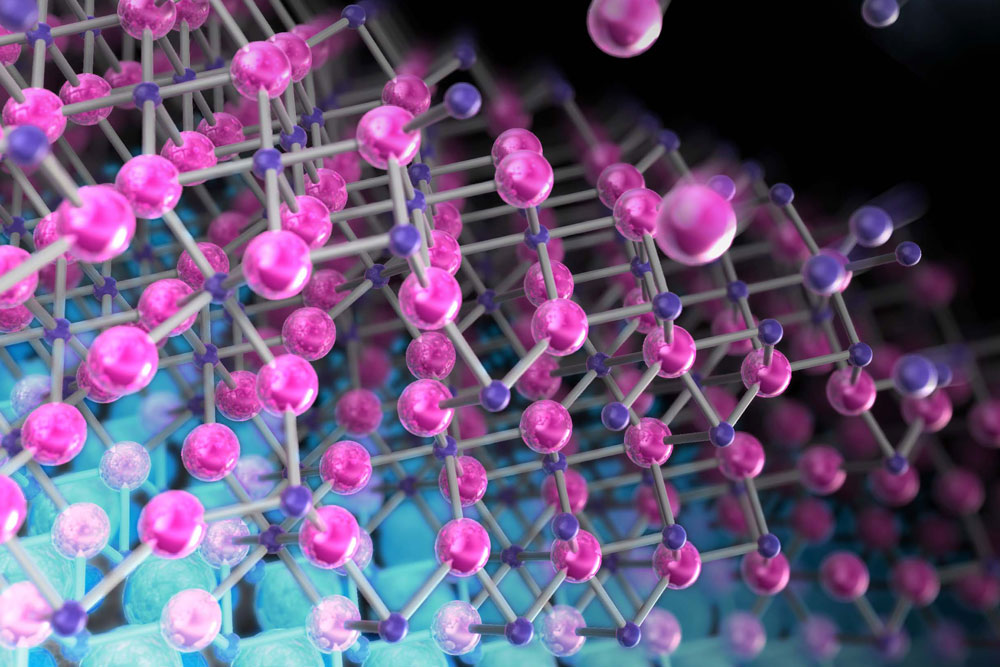Share this
Authors
Masashi Miura, Go Tsuchiya, Takumu Harada, Keita Sakuma, Hodaka Kurokawa, Naoto Sekiya, Yasuyuki Kato, Ryuji Yoshida, Takeharu Kato, Koichi Nakaoka, Teruo Izumi, Fuyuki Nabeshima, Atsutaka Maeda, Tatsumori Okada, Satoshi Awaji, Leonardo Civale and Boris Maiorov
Abstract
The addition of artificial pinning centers has led to an impressive increase in the critical current density (Jc) of superconductors, enabling record-breaking all-superconducting magnets and other applications. The Jc of superconductors has reached ~0.2–0.3 Jd, where Jd is the depairing current density, and the numerical factor depends on the pinning optimization. By modifying λ and/or ξ, the penetration depth and coherence length, respectively, we can increase Jd. For (Y0.77Gd0.23)Ba2Cu3Oy ((Y,Gd)123), we can achieve this by controlling the carrier density, which is related to λ and ξ. We can also tune λ and ξ by controlling the chemical pressure in Fe-based superconductors, i.e., BaFe2(As1−xPx)2 films. The variation in λ and ξ leads to an intrinsic improvement in Jc via Jd, allowing extremely high values of Jc of 130 MA/cm2 and 8.0 MA/cm2 at 4.2 K, consistent with an enhancement in Jd of a factor of 2 for both incoherent nanoparticle-doped (Y,Gd)123 coated conductors (CCs) and BaFe2(As1−xPx)2 films, showing that this new material design is useful for achieving high critical current densities in a wide array of superconductors. The remarkably high vortex-pinning force in combination with this thermodynamic and pinning optimization route for the (Y,Gd)123 CCs reached ~3.17 TN/m3 at 4.2 K and 18 T (H||c), the highest values ever reported for any superconductor.

NPG Asia Materialss: https://www.nature.com/articles/s41427-022-00432-1
These Related Stories

